Ongoing accusations and a potential economic fallout shake Indo-Canadian relations to their core.
Table of Contents
Accusations Fly: Trudeau’s Claims Shake Diplomacy
In September 2023, Canadian Prime Minister Justin Trudeau sent shockwaves through the diplomatic community by alleging that Indian government agents were involved in the assassination of pro-Khalistan leader Hardeep Singh Nijjar in Canada. Nijjar, a declared terrorist by India, was a staunch supporter of a separate Sikh state, Khalistan.

The Indian government swiftly rejected these claims as “politically motivated,” deepening the rift between the two countries. As a result, both nations have taken retaliatory steps, including expelling diplomats and freezing key negotiations, setting the stage for what has now become a full-blown diplomatic confrontation.
Khalistan Separatism: A Legacy of Distrust
At the heart of the conflict is the long-standing issue of Khalistani separatism, an issue that dates back to the 1980s when India saw a violent separatist movement for an independent Sikh state. Many supporters of this movement fled to Canada, where they have continued to advocate for Khalistan.
Read this also: 16th BRICS Summit: Modi’s Strategic Diplomacy, Ukraine War Talks, and BRICS Expansion
India has repeatedly raised concerns with the Canadian government about these groups, accusing them of using Canada as a base to plan anti-India activities. Canada, meanwhile, emphasizes freedom of expression and peaceful assembly, leading to a diplomatic impasse.
Key Events in the Khalistan Movement
| Year | Event | Impact on India-Canada Relations |
|---|---|---|
| 1980s | Rise of Khalistan Movement | Large migration of Sikh separatists to Canada |
| 2020 | Nijjar Declared Terrorist by India | Intensified India’s warnings to Canada |
| 2023 | Nijjar Assassination in Canada | Trudeau’s accusation deepens rift |
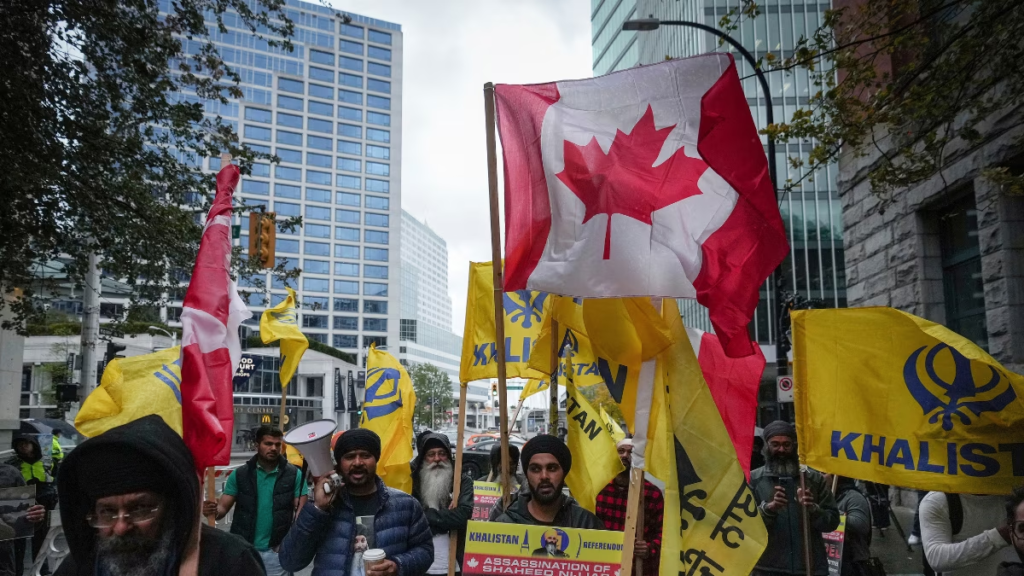
The presence of Khalistan sympathizers in Canada has been a sore point for New Delhi, especially as these groups often organize protests and rallies, sometimes with inflammatory rhetoric against India.
Economic Ties in Jeopardy: Trade and Students at Risk
The diplomatic rift is not just about political tensions; it could severely affect the thriving economic relationship between the two countries. Bilateral trade between India and Canada was valued at over $8 billion in 2022-23, and both nations were in the advanced stages of negotiating a Free Trade Agreement (FTA) before tensions escalated. Now, that agreement is in jeopardy.
Read this also: Lawrence Bishnoi’s Infamous Hit List of 10: Salman Khan and Munawar Faruqui Are in Danger!
One of the biggest areas of concern is the impact on students and professionals. Over 2 lakh Indian students are currently studying in Canada, and the recent visa restrictions imposed by India could disrupt the flow of students and professionals between the two nations.
India-Canada Economic Ties at a Glance
| Sector | Bilateral Figures |
|---|---|
| Total Bilateral Trade | $8.16 billion (2022-23) |
| Canadian Pension Funds in India | $75 billion (invested in real estate, infra) |
| Indian Students in Canada | Over 2 lakh students |

Canada’s significant investments in India, especially through pension funds worth billions, remain intact for now, but continued diplomatic strife could create long-term uncertainty.
International Fallout: What It Means for Global Alliances
India’s diplomatic spat with Canada has also caught the attention of major global players, especially since Canada is a member of influential groups like the G7 and the Five Eyes intelligence alliance. Canada’s strong ties with the US, UK, and Australia, all of which are also partners with India through the Quad and G20, add layers of complexity to the situation.
Read this also: Election Results 2024: Key Takeaways and Impact on Upcoming State Elections
While India has been deepening its relations with these countries, the fallout with Canada could force these nations to navigate the diplomatic minefield carefully. The tension also comes at a time when India is positioning itself as a global leader, making this diplomatic crisis particularly sensitive.
What’s Next? Diplomacy or Prolonged Conflict?
As both sides harden their stances, the way forward remains uncertain. Trudeau’s strong accusations have left little room for immediate reconciliation, and India’s response has been equally firm. However, both countries have much to lose if they do not find a diplomatic resolution.
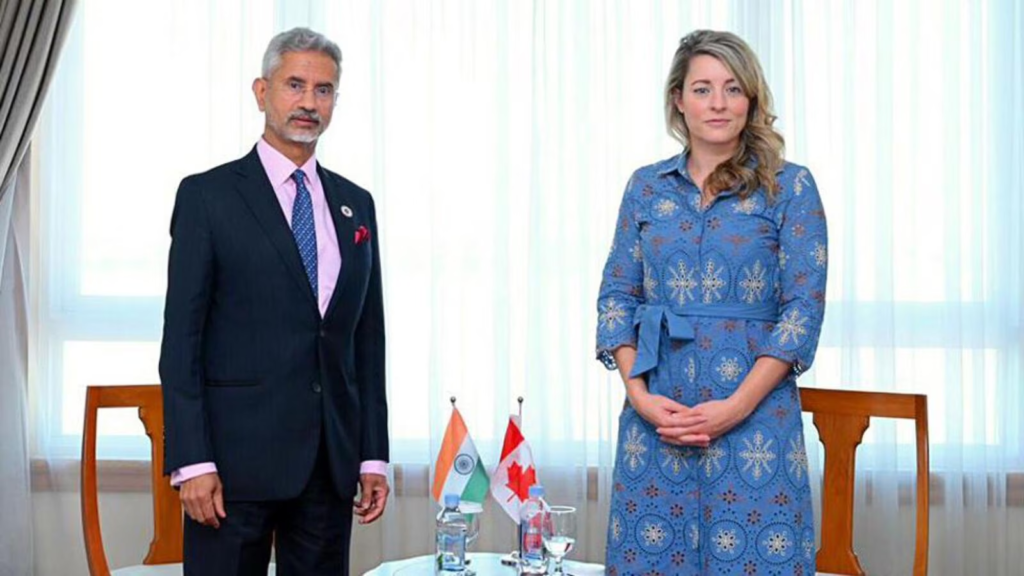
While the public confrontation may seem like a zero-sum game, diplomatic backchannels could still provide a pathway to de-escalation. Whether through quiet negotiations or international mediation, the stakes are high for both Canada and India.
Read this also: Green Future Summit 2024: Paving India’s Path to Net Zero with Innovation and Collaboration
If left unresolved, this dispute risks turning into a prolonged diplomatic cold war, with far-reaching consequences for trade, international relations, and the large Indian diaspora in Canada. The next few months will likely be decisive in determining whether India and Canada can repair their relationship or if they will continue down a path of confrontation.


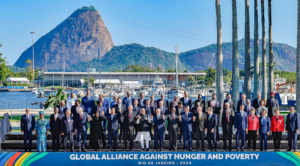
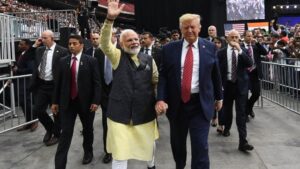
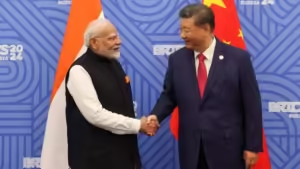


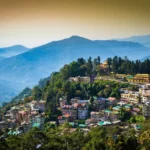

[…] Read this also: India-Canada Conflict: 5 Diplomatic Tensions You Need to Know Right Now […]